Industrial reverse osmosis systems (RO technology) is a modern technology that removes impurities in water to get pure water. This type of water is safe for health, so you can rest assured when using it in daily life or in production activities. The following article will help you better understand this modern water purification technology.
Read now: The leading & trusted wet wipes manufacturer in the market
Below is some general information about industrial reverse osmosis systems that is of great interest to many people. In particular, this technology will bring safe and quality water to users.
Water purification technology (Reverse Osmosis) is a water purification technology that works based on reverse osmosis. With the use of an ultra-thin osmosis membrane that only small molecules pass through, it helps to screen up to 99.99% of harmful substances in water, including all impurities in water such as viruses, and bacteria. , toxic chemicals, … RO technology will produce pure water that can be used immediately and does not need to be boiled again. Currently, this technology is applied in-home water purification equipment, factories, and large factories that need to use pure water in their products.
Learn more: Electrodeionization system (EDI)- Advanced technology produces 99.9% ultra-pure water

Industrial reverse osmosis systems helps to remove impurities and harmful bacteria
Currently, RO technology is widely used, to better understand the application and advantages and disadvantages of the technology. This technology compares to other technologies such as EDI, UF,… you can refer to it in the following table.
| UF filtration technology | RO filtration technology | EDI filtration technology | |
| Mechanism | Uses pressure to remove large molecules from water, specifically: purified water, mineral salts and ionic molecules smaller than 0.1- 0.001 microns. Useful ions, minerals and salts are retained | Applying the principle of reverse osmosis in medicine, with extremely small filter membranes of only 0.1 – 0.5 nanometers, creating 99% pure water. | Using water electrolysis, splits H2O water molecules into H+ and OH- ions, which helps to remove ions – especially mineral ions (such as sodium cations, calcium, copper …) and anions (such as chloride, nitrate …) . These ions have been shown to be closely related to atopic dermatitis problems. |
| Generated water | Purified
Does not completely remove solids, bacteria, impurities,… |
Purified water
Completely removes harmful bacteria, impurities, fungi, remaining 0.2 – 2.0% of the impurities. single ion with very small size (small 0.1 – 0.5 nanometer). This outlet water does not retain beneficial minerals. |
Ultra-Pure Water
Completely removes bacteria, impurities, dirty fungi, solids and even ions. This outlet water retains beneficial minerals. |
|
Advantages |
|
|
|
| Limitations |
|
|
Investment cost for EDI system is high. |
| Application in production |
|
|
|
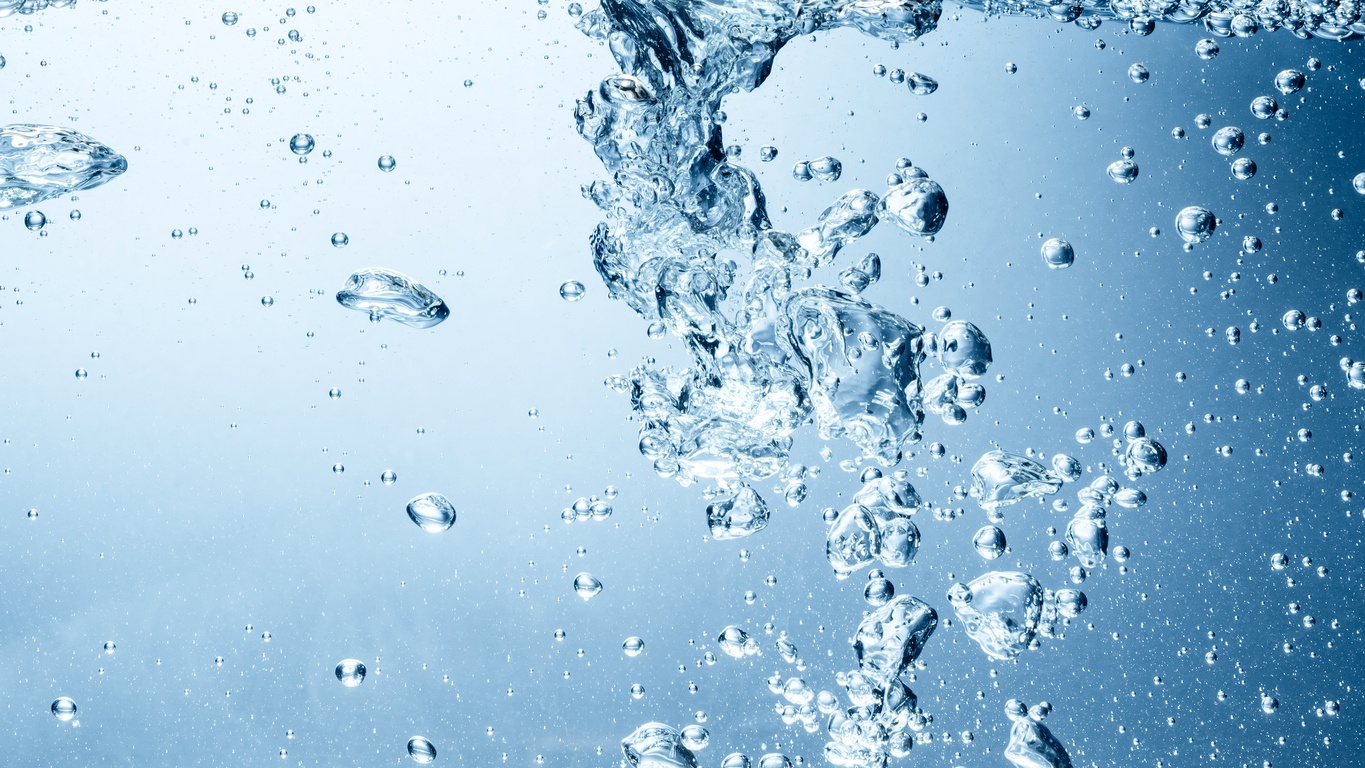
RO water purification technology creates clean and high purity water
Currently, RO technology is widely applied many fields such as bottled drinking water production, food industry, seawater treatment,.. Especially for businesses that manufacture pharmaceuticals, cosmetics or products used directly on the skin, it is necessary to apply this technology to ensure clean water, increase quality and safety for users’ health…
In order to help you better understand the operating principle of industrial reverse osmosis systems, here are detailed information about each stage of industrial reverse osmosis systems:
Stage 1 : Tap water/ tap water has not been treated initially, so it contains impurities, organic molecules and some contaminants. Therefore, they will be taken to the filter system 1, 2, 3, in which:
Going through the above 3 filtration steps, the impurities will be retained and no longer in the water composition.
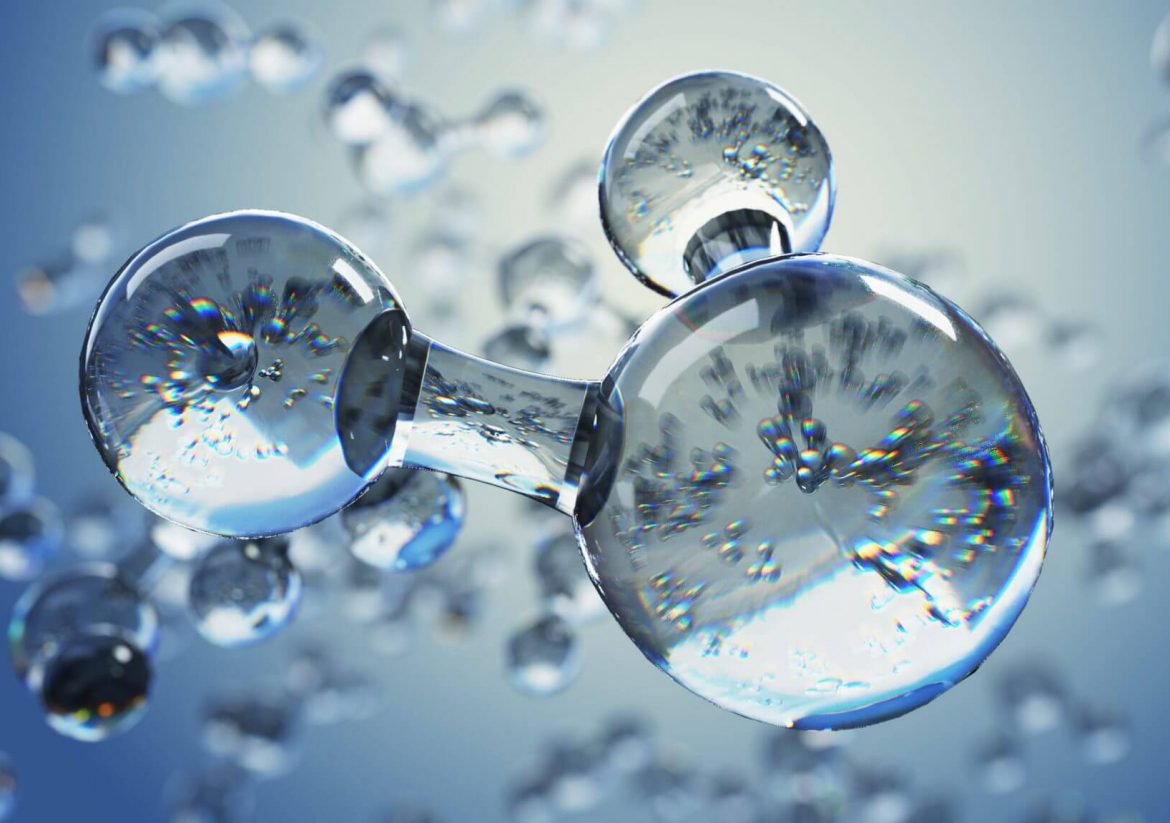
Water is brought to a 3-filtration membrane system to ensure the removal of dirt and impurities.
Stage 2: Here, the water source will be disinfected with UV ultraviolet rays for the purpose ofkilling viruses and microorganisms. organisms, bacteria, … causing diseases in the water to produce a source of clean, high purity and safe water.
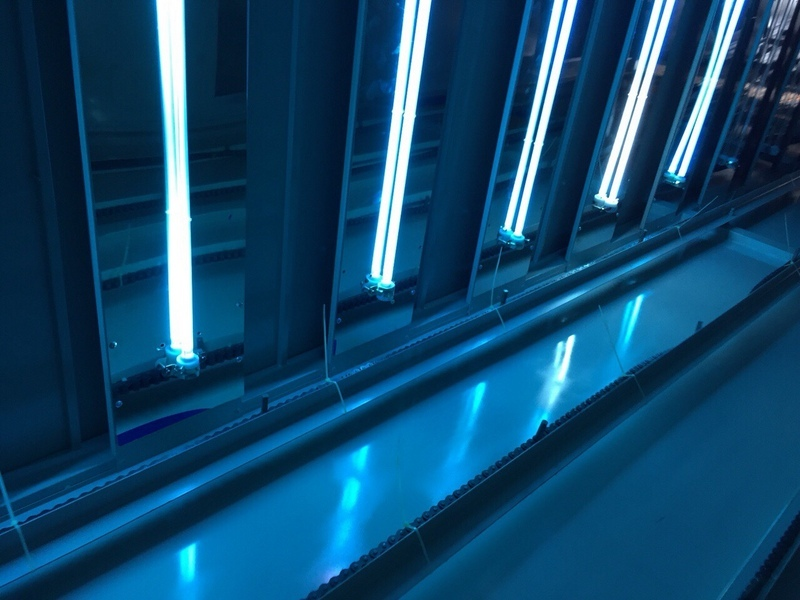
The second stage of filtration uses ultraviolet rays to help kill bacteria, viruses, etc.
Stage 3: Next, the water will be taken to the RO filter system to help remove small, disease-causing molecules. present in the water that cannot be removed at stage 1. With the osmotic pressure pushed up by the pump through the RO membrane, all those harmful substances will be pushed out through the wastewater. The life of the RO filter element depends on the input water quality, which can be up to 4-5 years.

Water continues to be passed through a filter to help remove pathogens.
Stage 4: Water will be pushed up to the tank or faucet. If the water purifier has a reservoir, the water will be delivered directly to the hot or cold tank. Then you can safely use purified water. A tankless water purifier delivers the water directly to the faucet. However, the speed will be slower, which saves more power.
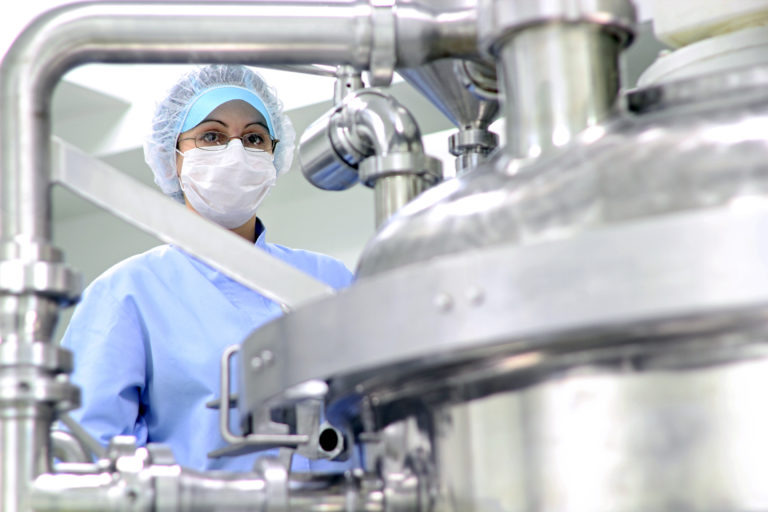
Preparing machines for work in pharmaceutical factory
RO water is demineralized water (pure water) which means that the water is filtered by modern industrial reverse osmosis systems with a microfiltration membrane of only 0.0001 microns. After going through many filters, the water source will be removed from substances harmful to users’ health: impurities, bacteria, viruses, heavy metals, minerals, and toxic substances in the water. After treatment with RO technology, the water source can be drunk directly without boiling. Therefore, many manufacturers have provided RO water purifier products to help families feel secure when using their home water. In addition, this is also a suitable source of water for industrial production, especially for products directly used for human consumption such as beverages, pharmaceuticals, cosmetics, food, etc.
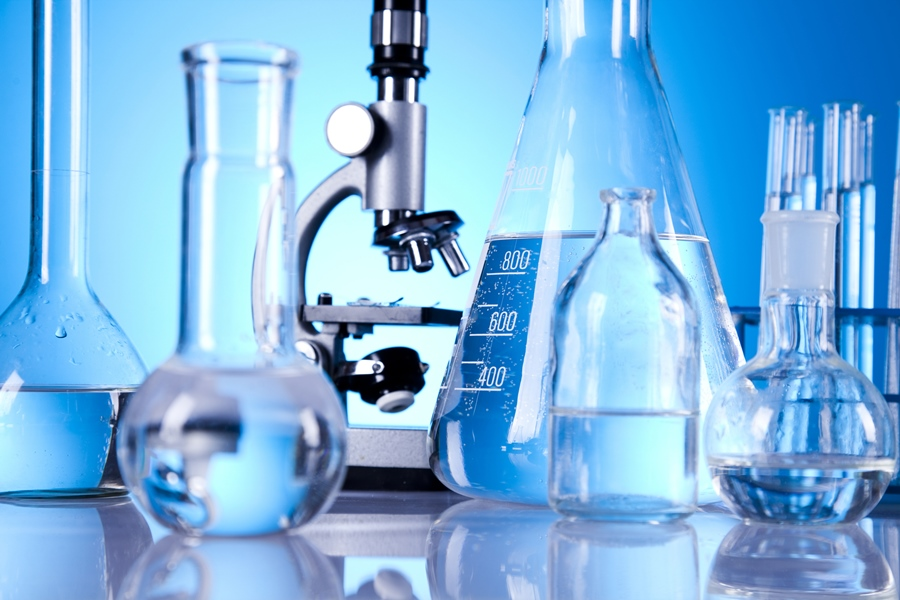
RO water is used a lot in many fields such as pharmaceuticals, cosmetics, and beverages,…
However, for products intended for infants, and sensitive skin, manufacturers need to use Using more advanced water purification technology, such as EDI water purification technology to filter the remaining ions in the water. At that time, the water only has 2 ingredients, Hydrogen and Oxygen, and no longer contained any ingredients that could affect the baby’s skin. Therefore, the quality of filtered water reaches a purity of up to 99%.
Water makes up more than 90% and is one of the main components of wet wipes. When water is not treated with safe water purification technology, it will lead to wet wipes containing impurities and bacteria. Because wet wipes are used directly on the skin, using a water source is not guaranteed to create an environment for bacteria that cause skin problems. Understanding this, DHTI always focuses on bringing absolutely safe products for consumers’ health with RO, EDI water purification technology.
Discover more:
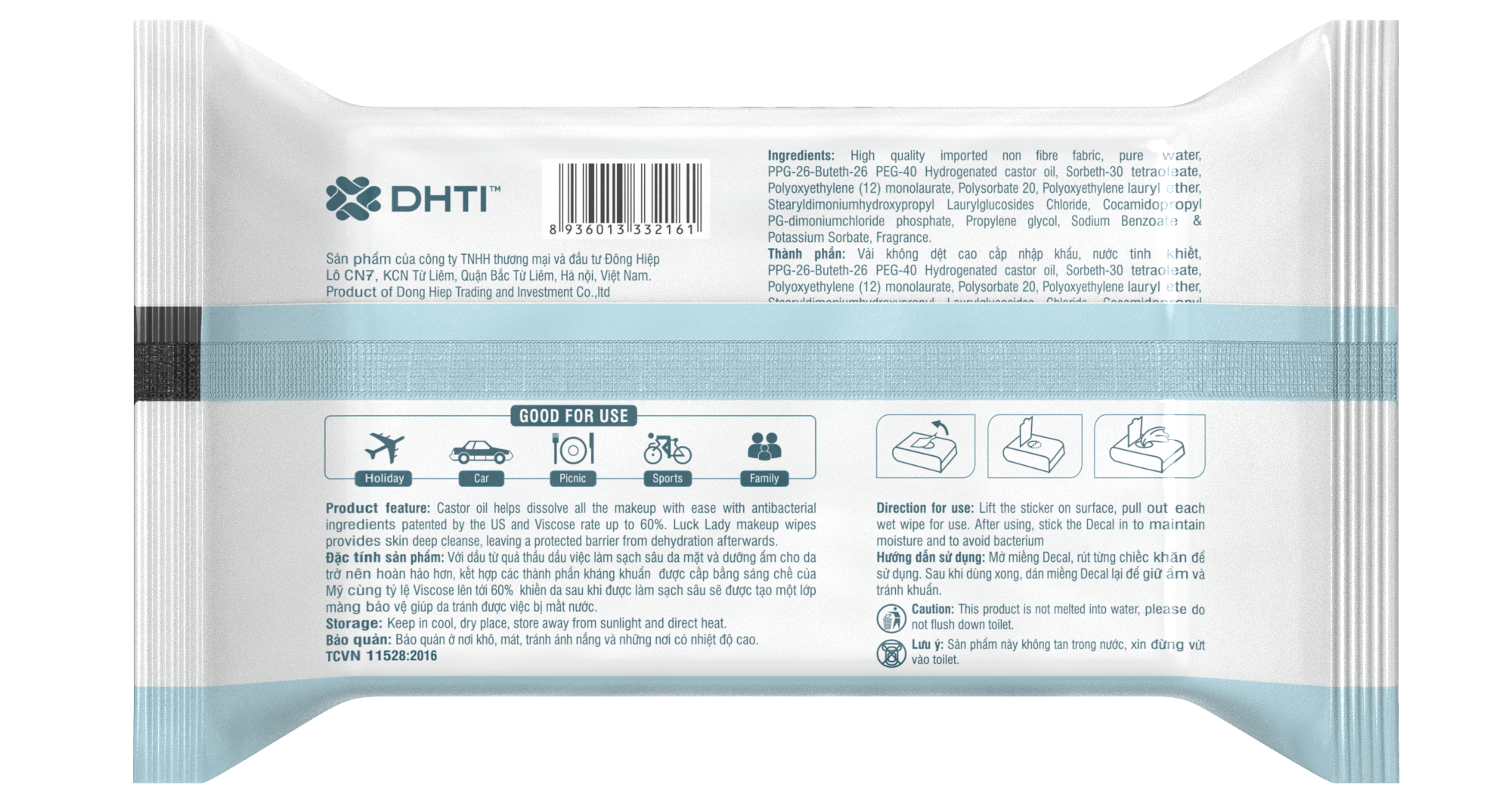
The water in DHTI’s wet wipes is pure water, filtered from RO, EDI technology
As shared above, RO can remove components in water such as impurities, metals, and bacteria,… to 98 – 99.8%. However, 0.2 – 2.0% of single ions remain after the RO process. Therefore, many advanced manufacturers who want to bring high-quality products filter through the most modern water purification system, EDI technology. DHTI is a unit that uses EDI technology to create safe and high-quality wet wipes for consumers. This is the most advanced technology available today, with the mechanism of removing mineral ions (calcium, copper, …) and anions (nitrate, chloride, …) that have been proven to be associated with atopic dermatitis. response.
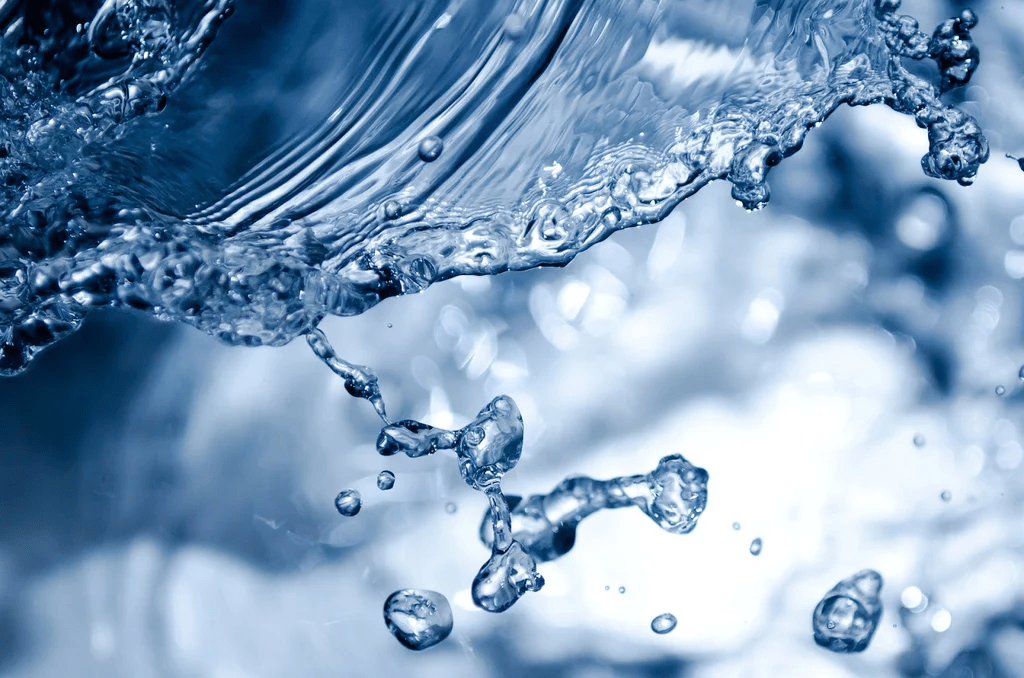
EDI water purification technology will ensure “ultra pure” water, safe for even sensitive skin like baby’s skin EDI
Technology will create “ultra-pure water” with an ideal pH for the skin of 4.5 – 5.5. According to research by the NICU – American organization specializing in newborn care, this pH helps to support the protection of the skin’s acid mantle and prevent water loss, protecting the skin from the effects of harmful microorganisms. . The application of this leading advanced water filter technology helps DHTI’s products to customers always be good, quality and safe for health. Therefore, DHTI’s products have received the trust and love of millions of Vietnamese consumers over the past 23 years, including Mamamy wet wipes – a product line that is always present in mothers’ shopping baskets. in child care.
Helpful information about wet wipes factory:

DHTI has used the most advanced filtration technology, EDI,
Learn more:
Industrial reverse osmosis systems is an advanced water treatment systems, capable of removing dirt, bacteria, etc, causing infection, helping to protect the health and safety of consumers. For manufacturing businesses, this technology will help you create clean water to produce good quality products to provide to customers.
Dong Hiep Trading and Investment Joint Stock Company: